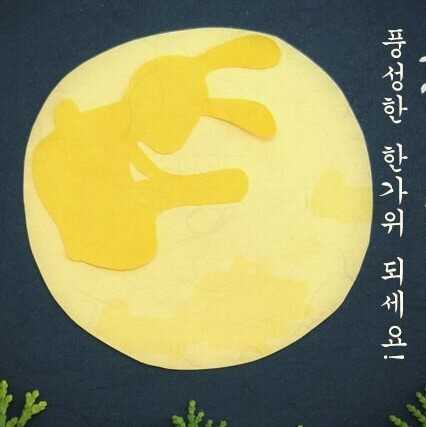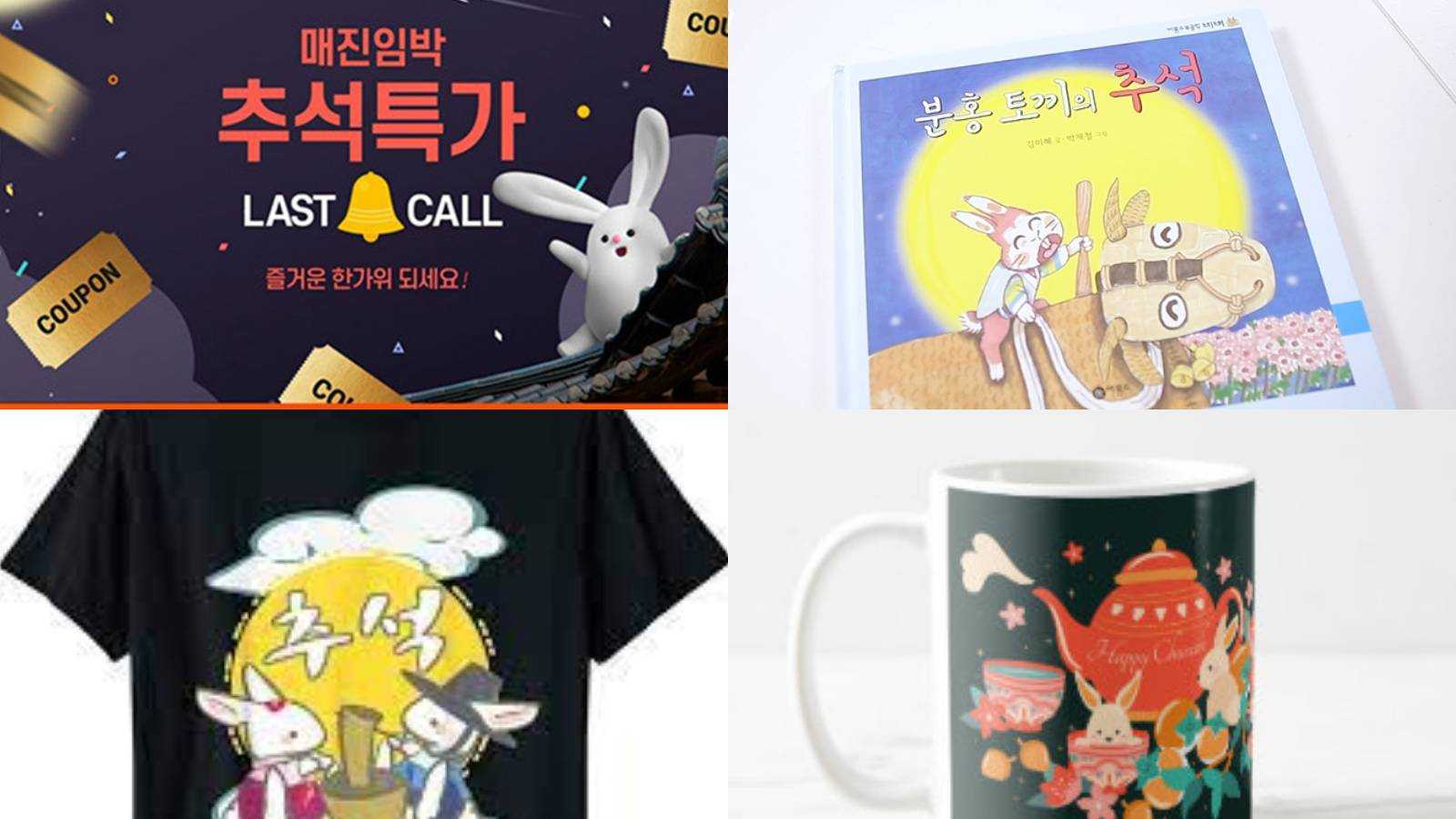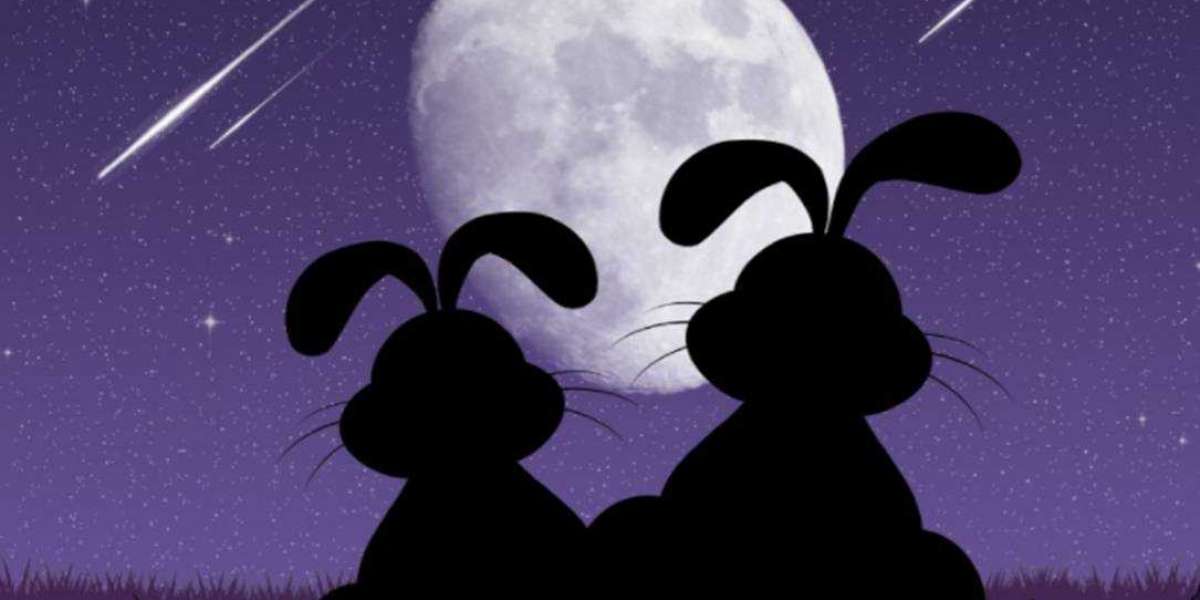In just a couple of days, it’ll be Korean Thanksgiving day “Chuseok’, one of the major festivals celebrated in Korea.
Many traditional folktales are told about this event and one of them is the story of the Moon Rabbit (달토끼). According to folklore, the figure that you can see on the surface of the moon is a silhouette of a rabbit pounding rice cake.
Korean ancestors believed that rabbits reflect wisdom and peace as the appearance of a rabbit has different meanings. A rabbit’s long ears represent longevity, its white fur symbolizes beauty and its cracked lips fertility.
There are many versions of this mythical rabbit. The most popular one is the story about how the rabbit ended up on the moon.

According to an old folktale, there were three animals living in a village: a monkey, a fox, and a rabbit. All three worked hard to prepare themselves for the Uposatha, a Buddhist Day of observance. The God of the heavens wanted them to offer food as a test of their virtue, so he appeared as a hungry beggar before the three.
The witty fox caught a fish and the monkey picked berries. Knowing only how to gather grass, the rabbit picked up some branches, lit a fire, and threw himself in to cook himself as an offering to the man.
The rabbit’s selfless act impressed God and instead of it getting burned, he sent the rabbit to the moon as its guardian. He invested in the rabbit to make an elixir of eternal life for himself.

This rabbit is always seen standing underneath a cinnamon tree, which is a sturdy tree used for medicinal purposes. Both the tree and the rabbit signifies longevity and that it even shows up in most children’s songs in Korea.
Since the mid-autumn festival is a time when friends and family come together, a modern-day version of the story shows two rabbits making Korean rice cakes - ‘Songpyeon’. Rice cakes are a staple of the Korean harvest and symbolize the appreciation of the Mid-Autumn Harvest.
The story of the Lunar Rabbit has already been part of Korean culture and celebration of the festival. Hence, we can see it in a lot of thanksgiving promotional posters, souvenir items, greeting cards, and many more.

So the next time you see a rabbit in Chuseok related posters, you already know that it is more than just a cute addition but it has a deep cultural significance.



